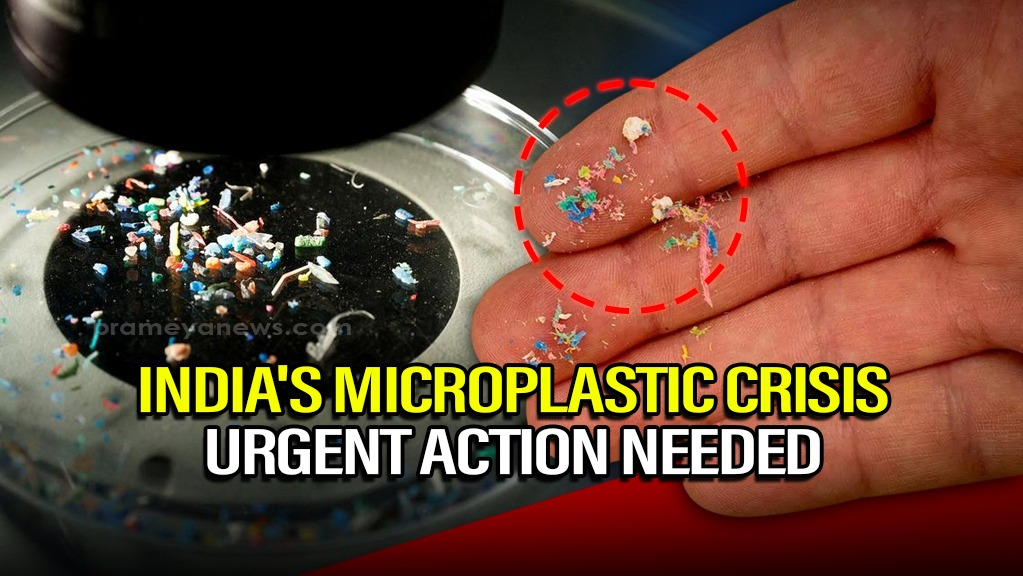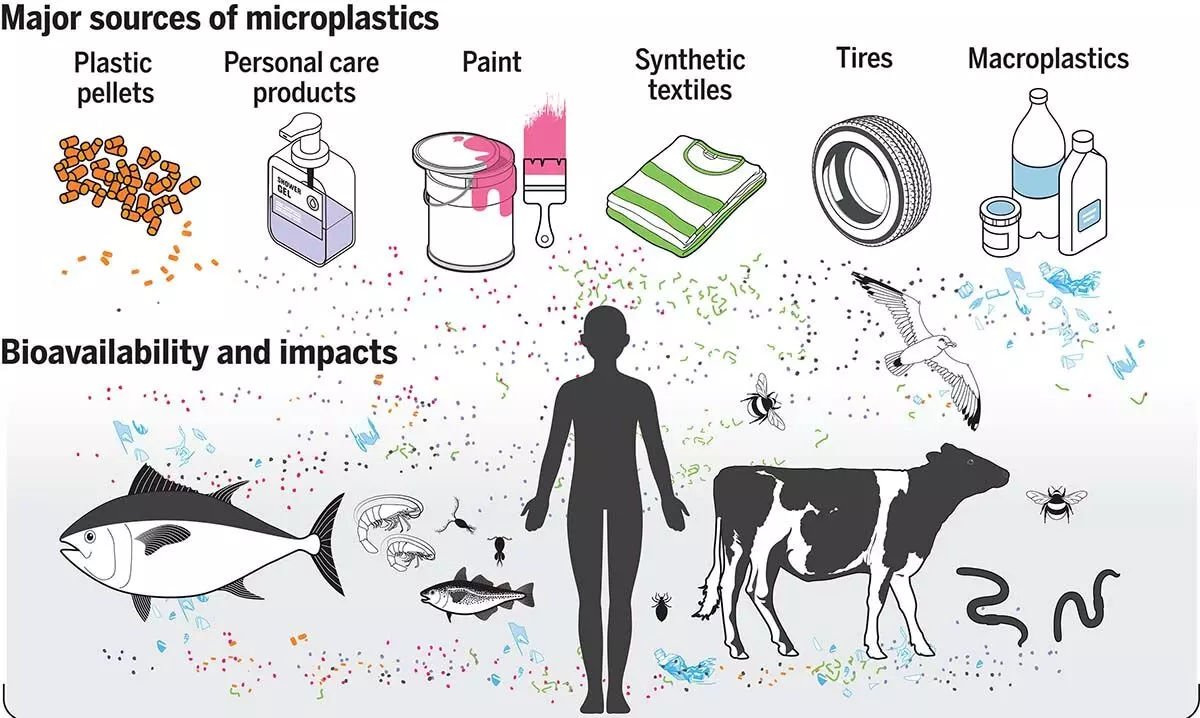

The Tiny Terror in Your Food (and Everywhere): India's Microplastic Crisis
Imagine something smaller than a grain of sand infiltrating your food, your water, even the air you breathe. Sadly, it's our reality. We're talking about microplastics – tiny plastic particles that are everywhere, and they're becoming a massive problem, especially in India. We look into the microplastic crisis, exploring what they are, where they come from, the shocking health risks, and, most importantly, what India needs to do about it.
What Are Microplastics?
Microplastics are defined as plastic particles less than 5 millimeters in size (that's about the size of a sesame seed or even smaller). Some are manufactured that small, like the microbeads found in some cosmetics or the tiny pellets used in industry. Others are formed when larger plastic items (macroplastics) – think water bottles, plastic bags, fishing nets – break down over time due to exposure to sunlight, water, and other environmental factors.
As Richard C. Thompson, director of the Marine Institute at the University of Plymouth, UK, puts it, "Plastic debris already contaminates our planet from the poles to the equator, from our highest mountains to our deepest oceans." He and his colleagues estimate a horrifying 10 to 40 million tons of microplastics enter the environment each year. To put that in perspective, a million tons is 100 times the weight of the Eiffel Tower! And on our current course, that number could double by 2040.
The Microplastic Cycle:
Scientists have developed a framework called the "microplastic cycle" to understand how these tiny particles move through the environment. It's a complex web that involves:
Microplastics have been found in the deepest ocean trenches, on the highest mountain peaks (including Mount Everest), in sea ice, in rivers and lakes, in soil, and even in the air we breathe. They're truly everywhere.
Microplastics in India: A Growing Concern
India is taking steps to understand the scope of the problem. The Food Safety and Standards Authority of India (FSSAI) has launched a project to develop standardised methods for analysing microplastics and nanoplastics in food and to assess consumer exposure levels. This India-specific data is crucial for creating effective regulations and protecting public health.
Microplastics in Our Daily Lives:
The scary truth is that microplastics are deeply embedded in our everyday lives. They're in:

Source: Science.org
A recent study by Toxics Link, an environmental research organization, found microplastics in both salt and sugar samples available in the Indian market. The contamination was found regardless of the brand, and iodized salt (the most commonly used type in India) showed particularly high concentrations. The smaller the microplastic particles, the harder they are to remove from the environment, and the easier they are to ingest.
The Health Risks:
While research is still ongoing, the evidence is mounting that microplastics pose a significant threat to human health. Here's what we know so far:
What Can Be Done?
The microplastic problem seems overwhelming, but there are steps we can take, both individually and as a nation:
A miniscule Problem with devastating Consequences
Microplastics are a pervasive and growing threat to both environmental and human health. While the problem may seem daunting, we are not powerless. By understanding the issue, making conscious consumer choices, and advocating for systemic change, we can start to turn the tide on this tiny terror. India, in particular, needs to act decisively to protect its citizens and its environment from the escalating microplastic crisis. The time to act is now.
Reference:
https://www.science.org/doi/10.1126/science.adl2746
https://link.springer.com/chapter/10.1007/978-3-030-78627-4_1
https://www.sciencedirect.com/science/article/abs/pii/S235248552300052X